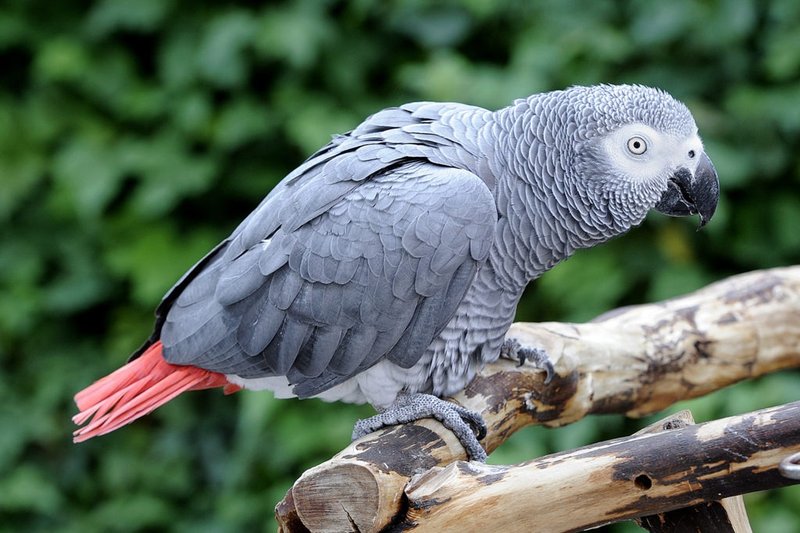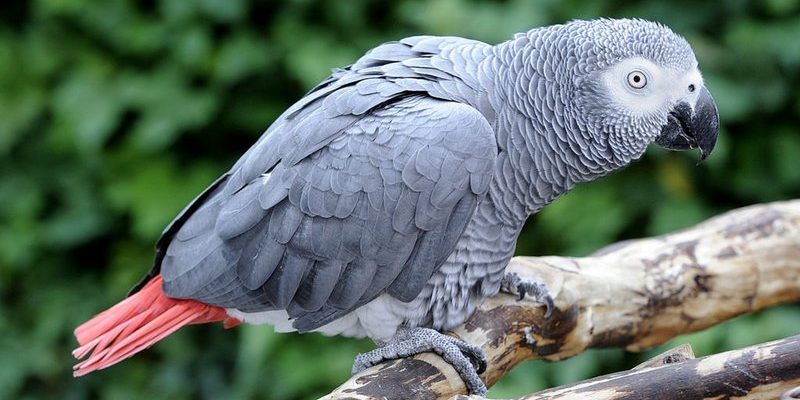
Much like a canary in a coal mine, the plight of the African Grey parrot is a warning sign about our environment. Just as miners pay attention to the canary’s health, we should pay attention to how these parrots are faring. With their remarkable ability to mimic human speech and their playful personalities, African Greys capture our hearts. But, are they just a charming pet, or is there a larger issue we should be concerned about? Let’s dive in and find out.
Understanding The Conservation Status
The African Grey parrot, specifically the Congo African Grey and the Timneh African Grey, are currently classified as endangered by the International Union for Conservation of Nature (IUCN). This classification means that they face a very high risk of extinction in the wild. The term “endangered” doesn’t just sound scary; it reflects serious concerns about their populations and habitats.
So, how do we determine if a species is endangered? Researchers look at population numbers, reproduction rates, and the threats these animals face in their natural habitats. For African Greys, the numbers have been on a sharp decline, primarily due to habitat loss, illegal trapping, and trade. Just imagine a bustling forest filled with these vibrant birds, and now picture it shrinking and losing its inhabitants—that’s what’s happening.
Habitat Loss: The Biggest Threat
Let’s talk about habitat loss. African Grey parrots are native to the rainforests of West and Central Africa. Unfortunately, as humans expand agricultural practices, urban areas, and logging, these beautiful forests are vanishing. Without a proper home, the birds struggle to find food and shelter.
Think of it like moving from a cozy apartment to a tiny closet; it’s not just uncomfortable—it’s unsustainable. When forests are cut down, the intricate ecosystem that supports these birds collapses. They can’t just fly to another tree; their entire way of life is affected. As this habitat continues to dwindle, the African Grey’s future looks increasingly precarious.
The Impact of the Pet Trade
The pet trade is another major issue affecting the African Grey parrot population. People love these birds for their ability to talk and their unique personalities. But, let’s be honest, buying a wild bird as a pet can come with serious ethical considerations. Many African Greys are captured from the wild and sold to pet stores or private owners.
Unfortunately, many of these birds don’t adapt well to captivity. They often face stress from being taken away from their natural homes and can suffer from health issues. Plus, the birds that are captured lead to a decline in the wild population, creating a vicious cycle. Think of it this way: if you take too many fish from a pond, the remaining fish struggle to survive. We need to find a balance between our affection for these intelligent creatures and their survival in the wild.
How Climate Change Affects African Greys
Climate change is yet another factor affecting the African Grey parrot’s survival. As temperatures rise and weather patterns shift, the delicate balance of their habitat is disrupted. Rainforests rely on a specific climate to thrive, and when that changes, it can lead to unpredictable consequences.
For instance, increased drought can reduce the availability of food sources. If fruit trees don’t produce as many nuts or berries due to changing conditions, the African Greys have fewer meals to rely on. Just think of how cranky you get when you skip lunch; now imagine being in the wild and struggling to find food day in, day out. That’s the reality for these birds facing the impacts of climate change.
Conservation Efforts in Progress
Fortunately, there are various conservation efforts aimed at protecting the African Grey parrot. Organizations like the World Wildlife Fund (WWF) and the African Grey Parrot Project are working hard to raise awareness and provide resources to help these birds thrive.
Conservationists are focused on several key areas:
- Protecting and restoring natural habitats.
- Combating illegal trapping and trade.
- Educating local communities about the importance of preserving these birds.
By working closely with local communities, they can help foster a culture of protection rather than exploitation. It’s all about creating sustainable practices that can help both the birds and the people who live near them.
What You Can Do to Help
You might be wondering how you can play a role in protecting African Grey parrots. Here are some simple ways to make a difference:
- Educate yourself and others: The more people know about the situation, the better. Share information about African Greys and their plight.
- Support ethical pet ownership: If you’re considering a pet bird, adopt from shelters instead of buying from pet shops.
- Donate to conservation organizations: Consider supporting groups that promote the protection of African Greys.
Every little bit helps, and when people come together, they can create significant change.
The Future of the African Grey Parrot
So, is the African Grey parrot threatened or endangered? The answer is clear: they are currently classified as endangered, facing numerous challenges that could lead to extinction. However, there’s hope. Through the combined efforts of conservationists, local communities, and caring individuals like you, we can work to change the narrative.
Just like taking care of a plant, nurturing these birds in their natural habitats is crucial. If we all start to pay attention and take action, we can help ensure that future generations will also get to experience the joy of the African Grey parrot. It’s not just about saving a species; it’s about preserving the beauty and biodiversity of our planet for all to enjoy.
In conclusion, understanding the struggles of the African Grey parrot is the first step in making a difference. By spreading awareness and taking proactive steps, we can protect these incredible birds and the environment they depend on. Together, let’s work towards a brighter future for the African Grey parrot and all who share this planet with us.

